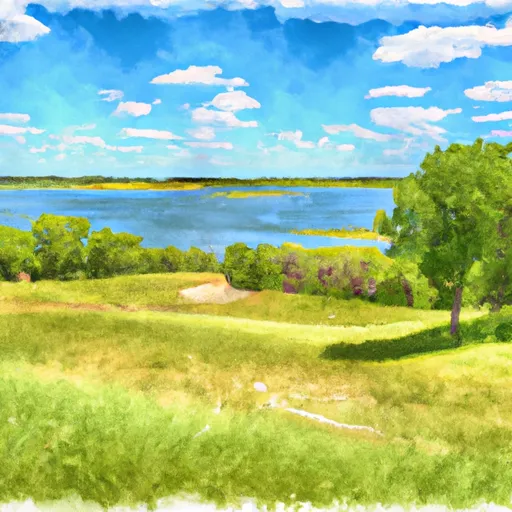°F
°F
mph
Windspeed
%
Humidity











Holstein, Iowa is a small town located in Ida County in the northwestern part of the state. The town experiences a humid continental climate, characterized by hot summers and cold winters. Summers are typically warm with temperatures averaging in the mid-80s°F (around 30°C), while winters can be harsh with temperatures dropping to the mid-teens°F (-10°C). Precipitation is spread fairly evenly throughout the year, with an average annual rainfall of around 33 inches.
Hydrologically, Holstein is situated near the Maple River and the Willow Creek, both of which are important water bodies in the area. These water sources provide opportunities for water-related activities such as fishing, boating, and kayaking.
Holstein offers several outdoor recreation opportunities for nature enthusiasts. The town is surrounded by picturesque countryside, making it an ideal destination for hiking, biking, and nature walks. Nearby parks like the Holstein City Park and the Willow Creek State Park provide additional recreational opportunities, including camping, picnicking, and wildlife observation. Overall, Holstein, Iowa is a charming town that offers a range of outdoor activities for individuals and families to enjoy.
Weather Forecast
Holstein receives approximately 815mm of rain per year, with humidity levels near 82% and air temperatures averaging around 9°C. Holstein has a plant hardyness factor of 5, meaning plants and agriculture in this region thrive during a short period during spring and early summer. Most plants will die off during the colder winter months.
Regional Streamflow Levels
149
Cubic Feet Per Second
24,000
Cubic Feet Per Second
30
Cubic Feet Per Second
58
Cubic Feet Per Second
Nearby Camping
| Camping Area | Reservations | Toilets | Showers |
|---|---|---|---|
| Botna Bend County Park | |||
| Glenwood Lake Park | |||
| Carson City Park | |||
| Lyons Park | |||
| Arrowhead Park | |||
| Waubonsie State Park |



